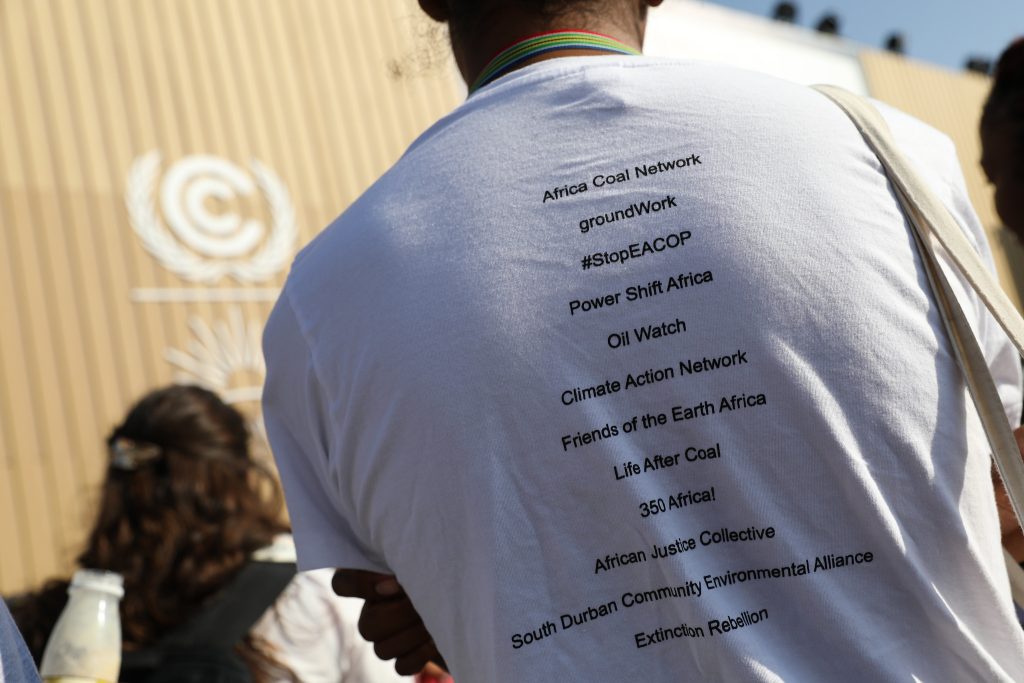This year’s annual Climate Conference was the third longest, as well as the second most-attended conference in the history of the United Nations Climate Change Conference. Here we look back at what was discussed, achieved and the impact for the future.

What took place?
Initially COP27 was scheduled from the 6th of November until the 18th but ran over the weekend due to unresolved discussions. Whilst this year’s conference is notable for the ‘loss and damage fund’, it was also described by many as underwhelming due to the lack of ‘implementation’.
COP27 will go down in history for the agreement of a loss and damage fund, which is essentially money that will be donated to developing countries affected by extreme weather conditions. There has not yet been an agreement this significant since the Paris Agreement in 2015, on the 21st COP. This historic moment has been drawn up in the Sharm El Sheikh Implementation Plan, and essentially shows accountability taken by developed countries in their role on the growing climate disaster. However, whilst this fund has taken around three decades to pass, with a significant amount of money being agreed upon, it is unknown as to when or where this will be put into practice, as well as which countries will pay up.
Finance to tackle climate change
Another significant outcome of COP27 was an early warnings target, which was discussed in March by the UN chief. This is essentially a system whereby developing countries will be alerted ahead of natural disasters. The agreed amount was $3.1 billion compared to the required $50 million (WMO). This goal will be worked to be implemented in the upcoming COPs, but as of right now this was agreed upon by 50 countries across the globe during the conference. There were also discussions on climate finance and for a reform of the financial system during the conferences. There was an agreed amount $4 to $6 trillion to be invested in renewable energy and a low carbon economy (UNEP), this was detailed in the Sharm El Sheikh Implementation Plan and further discussion are to be discussed in 2024. The EU, Japan, USA alongside other developed nations aimed to contribute to this amount to support upcoming climate works.
The next generation
This year’s conference found young people with a platform to voice their opinions regarding fear for the younger generations due to the ongoing climate crisis. Not only did they contribute solutions to tackle the crisis, but these suggestions were also to be taken into consideration and into future decisions surrounding climate change policies. The end of the conference entailed an urge to give young people a place when it comes to upcoming discussions surrounding climate change in the near future.
Key takeaways:
Despite this year’s successes, there was also lack of improvement in discussing plans to lower the levels of global warming to 1.5C. Similarly, there was not enough progress regarding the lowering of fossil fuels much like the previous COP. The Implementation Plan did however include a ‘need’ to reduce ‘global greenhouse gas emissions’, but a fossil fuel phase down was not included in this. A Global Stocktake was a part of the discussions from the Paris Agreement to essentially assess countries and to navigate their way through the climate crisis.
Overall, it is clear this year’s climate conference will be memorable for reasons such as the involvement of 45,000 people from all backgrounds and ages including indigenous people and the youth given a platform to have their voices heard and expressed the dangers of the climate crisis on the younger generation and minority groups. It is clear that despite the conference going over by 39 hours, many advancements were made most importantly the loss and damage fund, to support communities most affected by climate change meaning developed nations are taking accountability. However, the dangers of the earth’s growing temperatures, and the lack of actual implementation, despite it being this year’s goal for the conference, is concerning and we hope to see it being brought up and resolved in COP28 in Dubai, December 2023.
